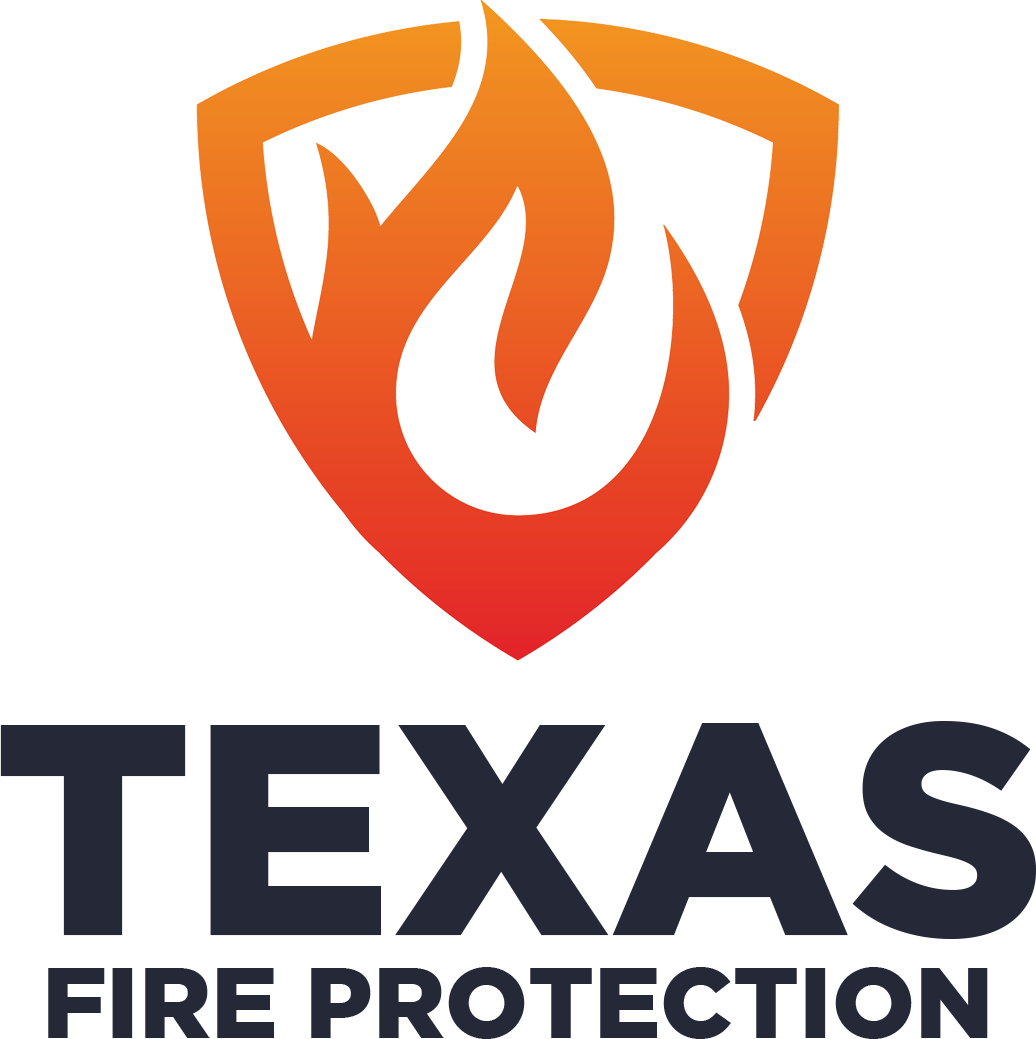Deep Ellum
Deep Ellum, which is Southern-ese for Deep Elm (the area’s original name) used to be a mecca for jazz and blues artists back in the 1920’s. Now this eclectic enclave, located just a few blocks east of downtown, is Dallas’ hippest hood– boasting a thriving nightlife scene, delectable eateries, art galleries and one-of-a-kind shops. Whether you are visiting for the first time or are a regular looking for a new and exciting experience, we are here to help you find everything you need to know about the endlessly enriching and entertaining landscape of Deep Ellum. Deep Ellum is the live music capital of North Texas as well as a hub for the performing arts from theater to comedy. Every night of the week presents an opportunity to experience local music, performances, art shows, and more! Learn more about all that is happening in Deep Ellum. Deep Ellum is famous for its nightlife, especially when it comes to live music venues– where countless music legends have graced the stages of places like The Prophet Bar, Trees and The Bomb Factory. For dancing there’s the Lizard Lounge, and for artisanal cocktails in chill surrounds, check out the Black Swan Saloon. And no night out in Deep Ellum is complete without a visit to the best dive bar in the country, Double Wide.
As one of Dallas’ first commercial districts for African-Americans and European immigrants, Deep Ellum is one of the most historically and culturally significant neighborhoods in the city. Deep Ellum was established in 1873 as both a residential and commercial neighborhood. Originally called Deep Elm as much of the activity centered around Elm Street just east of downtown Dallas, the pronunciation “Deep Ellum” by residents gave rise to the district’s current name. Deep Ellum is home to a community of over 400 businesses that represent an ever eclectic range of commercial interests. The district boasts over 20 historically recognized buildings. In 1888, Robert S. Munger built his first cotton gin factory, the Continental Gin Company, in a series of brick warehouses along Elm Street and Trunk Avenue. The business grew to become the largest manufacturer of cotton-processing equipment in the United States. After several years serving as artist lofts, the Gin building has been converted to a mixed-use space for office, food and beverage, and retail use. The district’s businesses are comprised of independent businesses, mom-and-pop shops and start-ups as well as regionally and nationally recognized brands. Don’t forget to check out this place in Dallas too.
Deep Ellum’s main claim to fame has always been its music. By the 1920s, the neighborhood had become a hotbed for early jazz and blues musicians. Over the next several decades, it would host the likes of Blind Lemon Jefferson, Robert Johnson, Huddie “Leadbelly” Ledbetter, Texas Bill Day, Blind Willie Johnson, Lightnin’ Hopkins, Alex Moore and Bessie Smith, among others. During this time, nightclubs, cafes, theaters, and domino parlors dominated Deep Ellum’s landscape. Deep Ellum is now home to more than 30 live music venues, making it one of the biggest entertainment districts in the state and the heart of the music scene in Dallas. Following World War II, the growing presence of the automobile led to the removal of the Houston and Texas Central railroad tracks to make way for Central Expressway. By 1956, the streetcar line had been removed. Businesses closed, residents moved to the suburbs, and the music all but stopped. In 1969, a new elevation of Central Expressway truncated Deep Ellum, completely obliterating the 2400 block of Elm Street, viewed by many as the center of the neighborhood. By the 1970s, few original businesses remained. If you are in looking for fire protection services, click here.
